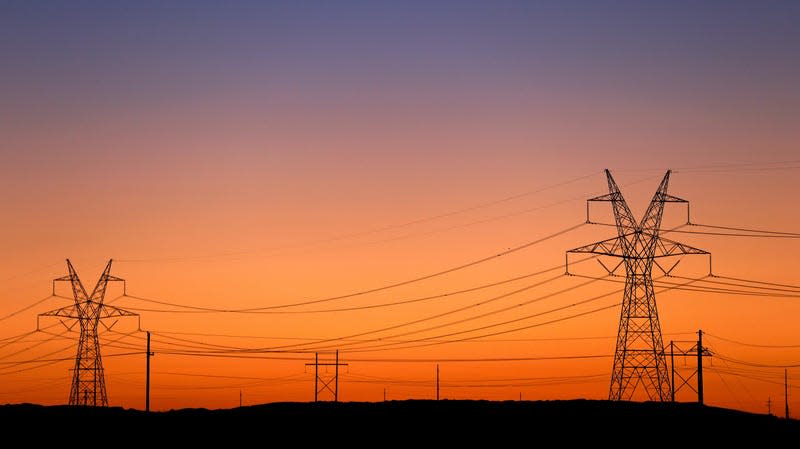A Huge Chunk of the U.S. Could See Blackouts This Summer

Two-thirds of North America could face blackouts over the next few months as summer heat increases demand for electricity, a report from a major electricity regulator has found. The North American Electric Reliability Corporation, which releases regular assessments of grid conditions, said in an outlook released Wednesday that huge swathes of the U.S., from the whole West Coast through the Southwest, Midwest, Texas, and parts of the South and New England, face an “elevated risk” of energy shortfalls.
“Increased, rapid deployment of wind, solar and batteries have made a positive impact,” Mark Olson, NERC’s manager of Reliability Assessments, said in a statement. “However, generator retirements continue to increase the risks associated with extreme summer temperatures, which factors into potential supply shortages in the western two-thirds of North America if summer temperatures spike.”
Read more
The report actually contains some good news: None of the regions highlighted are particularly high risk, and, with good luck and normal temperatures, the grids should be able to handle regular demand this summer. (Last year, much of the grid in the Midwest and small parts of the South was labeled at “high risk” of shortages in NERC’s report.) “We are not predicting these conditions to occur” with total certainty, John Moura, NERC director of reliability assessment and performance analysis, told reporters on a press call Wednesday.
But there’s a lot more of the overall U.S. grid this year that’s going to be under stress—and NERC’s warnings have become more pointed following several high-profile grid failures, including blackouts in California in the summer of 2020 and Texas’s disastrous failure during a freeze in February 2021, which killed at least 246 people.
There’s also a lot riding on renewables this year, especially in the Midwest, where wind will be a “key factor” in meeting peak demand. In Texas, the report notes, increased demand means the grid’s current capacity “may not be sufficient to meet reserves during an extreme heat-wave that is accompanied by low winds”—even though the state has added an enormous amount of solar power to the grid and is a leader in renewable energy generation.
This summer could also bring some unpredictable weather conditions. The arrival of El Niño could mean more extreme heat and turbulent storms to stress the grids. A three-month temperature forecast released by the National Oceanic and Atmospheric Administration on Thursday predicts at least a 30% chance of above-normal temperatures for much of the continental U.S., with parts of the Southwest seeing an up to 70% chance above average of higher temperatures.
Overall, officials cautioned that mounting stresses to the grid, including increasingly extreme temperatures thanks to climate change, are making these warnings more and more prescient.
“The system is closer to the edge,” Moura said. “More needs to be done to bolster the system’s resilience.”
More from Gizmodo
Sign up for Gizmodo's Newsletter. For the latest news, Facebook, Twitter and Instagram.

